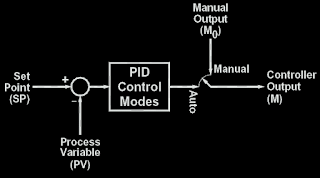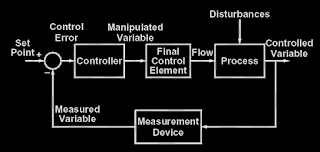LP rotor blade attachment dynamic reinspection
This dynamic reinspection analysis for low pressure turbine blade attachments considers two methods of crack propagation – stress corrosion cracking and low cycle fatigue. SCC is a well-documented industry phenomenon that occurs in wet steam environments with increased probability as the unit’s service hours exceed 150,000. The blade attachment area acts as a natural trap where chlorides can collect and concentrate. Crack growth rates are driven by a number of key factors including material yield strength, stage operating temperature, and steam chemistry. SCC is dependent on operating time and not cycles. On the other hand, LCF is caused by repeated stresses due to start and stop cycles. Because of this, different operating profiles lead to varied crack growth rates based on the phenomenon that is driving the crack.
The method for evaluating duty cycle dynamically utilizes fracture mechanics principles and assumes there is an initial flaw—either the largest flaw found in a prior inspection or the minimum detectable value from that inspection technique if the prior inspection yielded no reportable indications.
Crack propagation is considered as a combined rate from low cycle fatigue due to regular on/off cycles, low cycle fatigue from overspeed cycles, and hour dependent stress corrosion cracking. The resulting crack growth from each phenomenon is summed and compared as a total crack growth amount to the reinspection crack size. The reinspection crack size is calculated using fracture mechanics principles and conservative material properties and includes a safety factor to allow for safe operation between inspections.
The next two scenarios are provided to illustrate the concept and importance of considering both operating hours and cycles when determining low pressure turbine reinspection intervals. One of the most significant benefits in this type of automated analysis program is that only the operational hours and stop/starts need to be input in order to output a visual representation of crack progression.
Figure 1 shows an example of the crack propagation rates. The reinspection crack size is indicated with the solid red line. The dashed red line shows the calculated crack propagation based on the user inputted duty cycle. When the two lines meet is when a reinspection is required.
For this specific example (not a generic curve), the two major contributing crack growth rates (SCC and LCF) are shown in green and blue lines respectively. The circles reflect the amount of crack propagation due to SCC/operational hours (green) and LCF/cycles (blue) experienced to date. The scenario shown in Figure 1 shows a base loaded operation where most of the crack propagation has come from SCC (green) and there is only a small amount from LCF (blue). In this instance, the solid black line shows the calculated crack propagation is currently 73.8% of the way to the reinspection crack size.
To compare, Figure 2 shows the same unit but with an operational profile that focuses on cycling. It has three times as many cycles as the previous scenario and significantly fewer operational hours. However, crack propagation is still in a similar range. With a dynamic reinspection interval methodology, outages can be scheduled while taking into account the changes in operating profile.
HP Rotor Blade Attachment Dynamic Reinspection
Because HP blades are much smaller and typically do not see wet steam during operation, LCF and SCC are not traditionally the limiting mechanisms for rotor blade attachments. However, because HP blades operate in an elevated-temperature environment, they are susceptible to creep. Creep is a form of slow, continuous deformation that is inevitable with high temperature operation and based on operational time, stresses, and temperature. In a steam turbine, the HP and IP inlet stages are most at risk for creep—in fact any stage that sees temperature in the range of 900°F or higher is likely to accumulate creep damage over its operational life.
Inspection intervals for high temperature creep are often based off the assumption of full load operation at design steam temperatures. Thus, operation at low loads and below design steam temperatures can greatly reduce the rate of creep damage. Similarly, exceeding design steam conditions can significantly increase creep rates and reduce creep life. With a dynamic reinspection evaluation the actual operational hours and steam temperatures are considered to calculate expended creep life.
Using the operational stress and the actual temperature data, the Larson-Miller method can be used to estimate how much creep life has been consumed. The Larson-Miller equation relates temperature, time, and creep rupture stress to predict time to failure based on a stress level. This relationship is shown in Figure 3. By varying inlet temperature new creep consumption rates or creep lives can be calculated for a given stress level. Completing this type of analysis allows for evaluation of actual creep life expenditure based on a unit’s operation rather than a generic assumption. It can both prevent premature replacement of rotors and indicate if a rotor needs to be inspected more frequently to ensure reliable operation.
Conclusion
Both the LP and the HP dynamic inspection methods are designed to evaluate areas of life expenditure. Based on a unit’s actual operational profile and not assumed duty cycle, more representative inspection intervals can be determined frequently and updated inspection intervals set based on a specific life limiting parameter for a given design. If the unit experiences lower temperature operation than design or has a more base-loaded operating profile than the reinspection interval was set on, then the current reinspection intervals may be too frequent. However, if the unit is operating at higher than design conditions or is cycling much more frequently, then the reinspection intervals may need to be more frequent. A proactive approach to operational based damage mechanism evaluations allows for more realistic reinspection intervals for a given design type.
Rachel Sweigart






